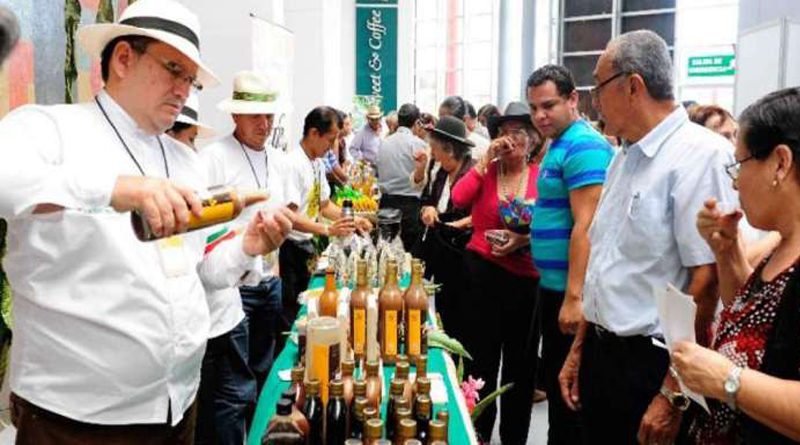The federal government has unveiled its strategy designed to mitigate Canada’s burgeoning obesity problem.
In a speech in Montreal Oct. 24, Health Minster Jane Philpott said the country’s food labels and its beleaguered food guide are under review.
“The classic one-size-fits all guide no longer meets the needs of Canadians,” Philpott said, insisting the new guide must be “relevant and practical” and apply to a variety of situations from the grocery story to the restaurant table.
The Healthy Eating Strategy is a multi-year policy plan that targets such things as food labels, trans fats, sugar, sodium consumption and the Nutrition North subsidy designed to improve food access in northern communities.
The department hopes to have most of its food policy finished by the end of next year, with its final dietary recommendations complete by 2018.
New food labels will be in place by the end of 2016, Health Canada said, with food packaging aimed at providing more information on sugars. Food colours will need to be identified by their common names, while other nutritional information will need to be provided in an easy-to-read format.
As well, Health Canada is promising to bring in new healthy diet suggestions such as a new health claim that associates a diet rich in fruits and vegetables with a lower risk of heart disease.
The department also said sodium and sugar content will be found on the front of the food packaging under the proposed changes.
The review of Canada’s food guide and the new food labels come after heavy criticism as health officials grapple with the country’s rising obesity problems.
The figures are staggering. One in four adult Canadians and one in 10 Canadian children are considered clinically obese, meaning about six million Canadians may require immediate support when it comes to managing their weight.
The health crisis is believed to be pulling $6 billion from Canada’s total health-care budget, the Canadian Obesity Network said.
A year-long study by the Senate health committee found the current food guide outdated and irrelevant and said it did not reflect Canadian’s busy lifestyles.
The detailed Senate report includes 21 recommendations ranging from considering a sugary drink tax to providing infrastructure funding to develop community programs designed to support healthy communities.
Meanwhile, Canadian confidence in the food guide, Health Canada officials told reporters during a technical briefing Oct. 24, has been undermined because the current guide was developed in partnership with the country’s agriculture, food and beverage industry.
While those industries will be able to provide input via the online consultations, Health Canada said it will not seek direct input from industry as it reviews the food guide.
“We will not meet with industry during the development of our policy around the food guide, but they will be able to input in the formal consultation process, the online one,” Dr. Hasan Hutchinson, director general of Health Canada’s Nutrition Policy and Promotion section, told reporters.
That position echoes the Senate report, which also recommends that industry not be allowed to participate in the advisory committee tasked with helping Health Canada review the food guide.
Farmers, industry and other food industry stakeholders will be able to put forward their two cents via online submissions. The consultation period is open for 45 days and closes Dec. 8.
Canada’s sugar, food and beverage industries have repeatedly said they are opposed to a sugar tax. The Liberals have not said whether they are considering a form of a sugar tax.
Source: The Western Producer










